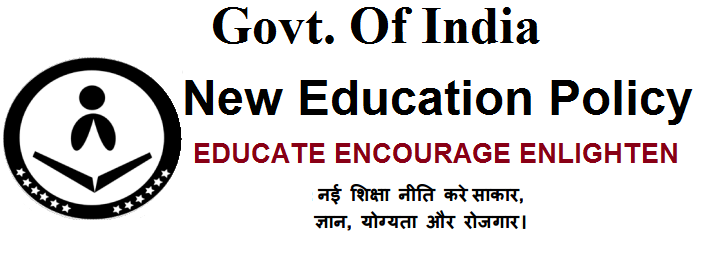By Ameya Vombathkere
In India, a huge importance is laid upon education. So much so that if one wishes to pursue a career in a field distinct from education, he is stopped then and there itself. Education has been embedded as one of the core part of the teaching process in ancient India. In India, one can find the ancient universities of the likes of Takshila, Nalanda, and Vikramshila, and in those ravaged places, the remnants of yesteryears glorious days can be recounted.
Ravilochan Rao on Quora says, “Nalanda attracted students from far east and west. The campus was spread over 15,000,000 sq. mtrs. of area with all the facilities required for education including library, classrooms, recreational facilities, debating platforms, hostels and kitchens. It is said that a student to teacher ratio of 15:1 was maintained at the University. About 10,000 students and 2,000 teachers used to reside in the campus and the students were trained in Philosophy, Buddhism, Astrology, Astronomy, Sankyasatra, life sciences, medicine, etc.”
However, in present day, I am afraid to say that our education system is in shambles and various factors are responsible for it.

Lack of financial innovation could be one of the factors. The fees charged by private universities are too high and at Government universities, though the fees charged is reasonable, the teaching standards are not at par with those of the universities abroad (with the exception of the IIMs and the IITs ). It seems the Indian education system is undergoing a transition which is strikingly similar to the liberalization process initiated in 1991, since we can see that the government is withdrawing from its role of providing education and more and more space is being opened up for the private sector
Reservation is another factor which is strongly responsible for the deterioration of the education system. Unfortunately, for politicians like V.P. Singh, the topic of reservation became a political weaving machine to stitch in votes for their party and its effects can be felt even today, when our leaders clamor for reservation in the private sector, which, if implemented, is doomed for disaster. In fact, Article 334 of the Constitution states:-
334. Notwithstanding anything in the foregoing provisions of this Part, the provisions of this Constitution relating to—
(a) the reservation of seats for the Scheduled Castes and the Scheduled Tribes in the House of the People and in the Legislative Assemblies of the States; and
(b) the representation of the Anglo-Indian community in the House of the People and in the Legislative Assemblies of the States by nomination, shall cease to have effect on the expiration of a period of [sixty years] from the commencement of this Constitution
But alas, reservation is still present in the education system today and because of it, many deserving candidates have been left out in various fields while lesser candidates have gotten the benefits of reservation because of their backgrounds.
There are many challenges before us today. However, if we keep hanging on to them, we shall not be able to rise to the occasion of facing them.
Debates need to be encouraged in schools, colleges and universities. Debating was very much a part of ancient India if one refers to the shastrarths. If one refers to the debate between Mandana Mishra and Shankaracharya, one can easily find a great debating tradition where ideas, views, and counter-views were exchanged in a civil manner. However, today, though there are many debating societies in our universities, very few are actually active. Debating competitions need to be encouraged at intra-college and inter-college level. The reservation system needs a complete over-haul. Soumadeep Mazumdar writes on Quora,
“Strangely enough when it comes to admission in private schools whose quality of education is better than the government ones, the cost of the form is Y for all of them. Essentially we are applying a scheme whose tagline can be summed up as,”Keep them uneducated till they grow up. Later we will put them into some government college based on their caste.“.”
The government should make an endeavour to educate the so called ‘backward classes’ right from the grassroot level, so that later on they don’t need the assistance of reservation to get into a respectable university. Private schools may be coerced to admit children who cannot afford that education at a subsidised rate.
Tawqeer Nasir writes, “While the West keeps on experimenting, and seeking novel ways of growth, India never allows itself to take risks, and that is where the Indian Education System lags behind. We have to change our thinking about education, and finally, implement this change in a pragmatic manner.”
Education is not simply a process to get you a job; that is not the only role of education. It is about understanding yourself, your capabilities and putting yourself up for what you are best at, for the benefit of the society. It is not just about learning new things; it is about exploring your hidden talents, and utilizing them for a better life. Education should be able to transform a stone into a statue and a moth into a butterfly. Whether it’s using more interactive media of teaching, or the use of technology, India needs to give a serious thought to how children are being taught. The syllabus needs to be less theoretical and more about helping students understand how to face the world.”
Hence a combination of debating, systematic innovation, and responsible policy decisions can help in ridding the education system of the ills with which it is riddled.
